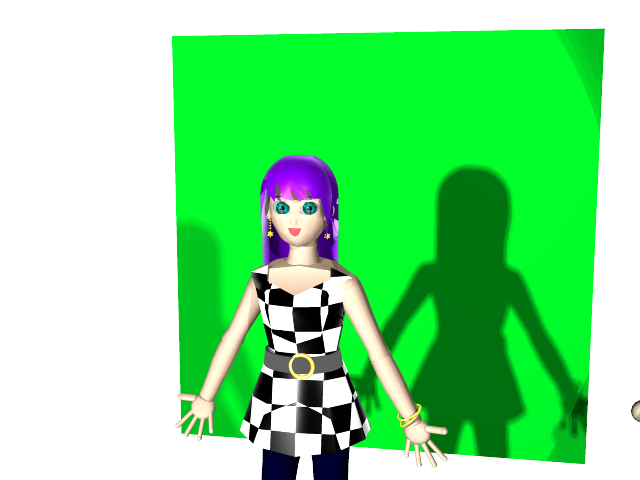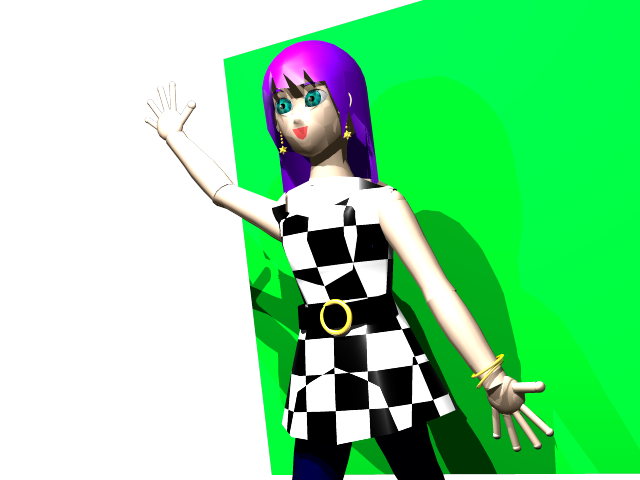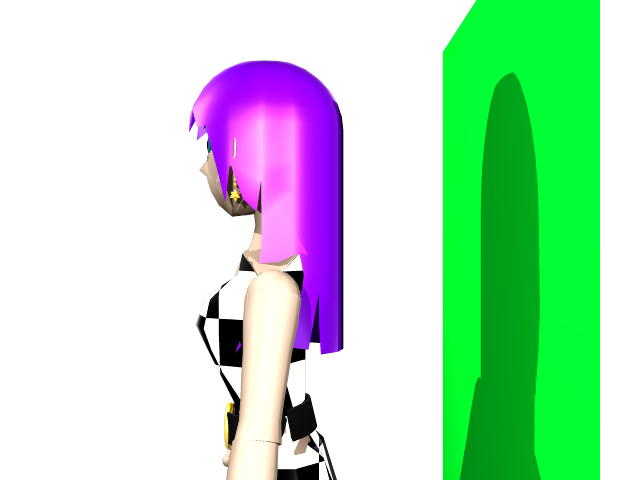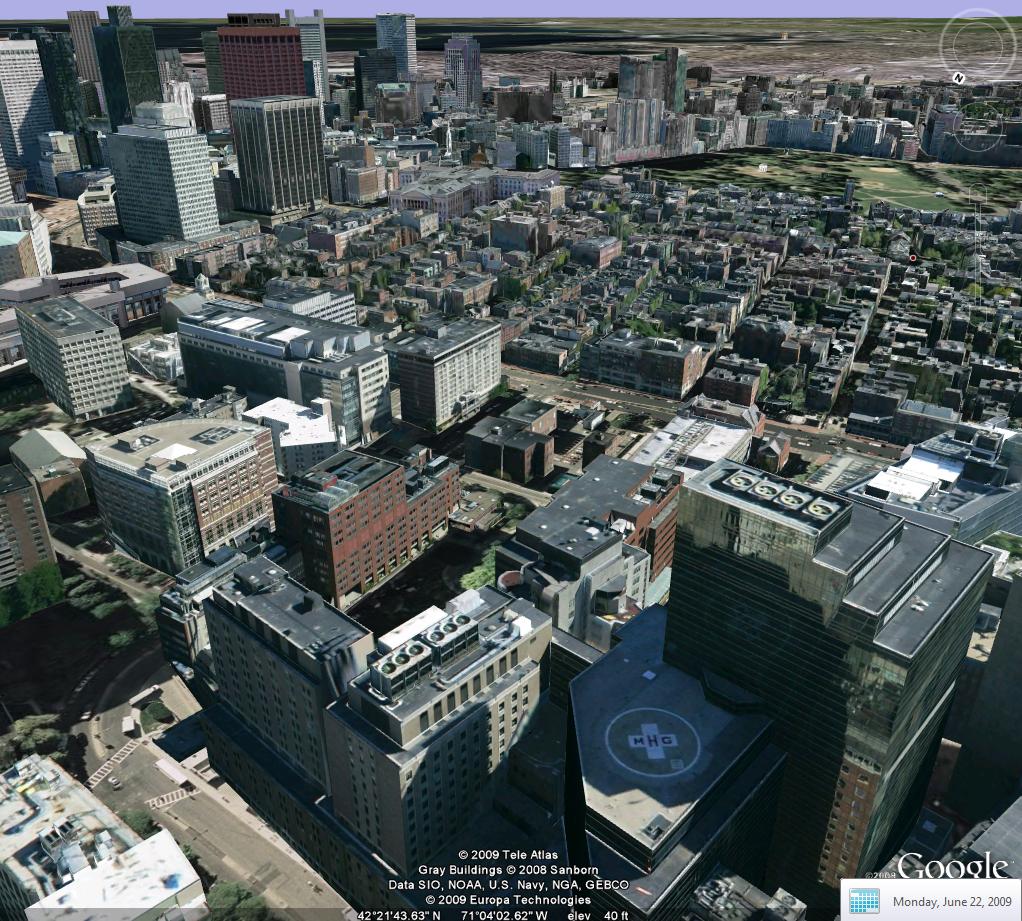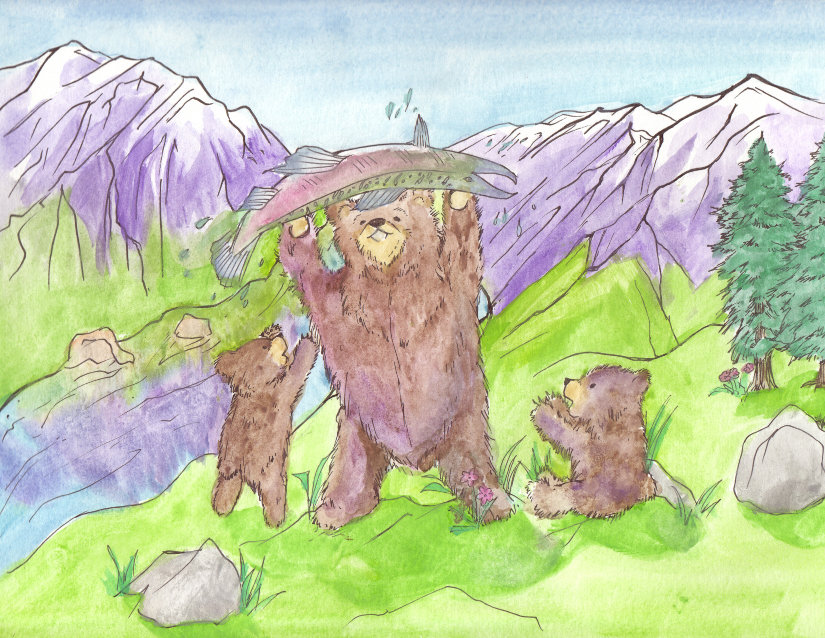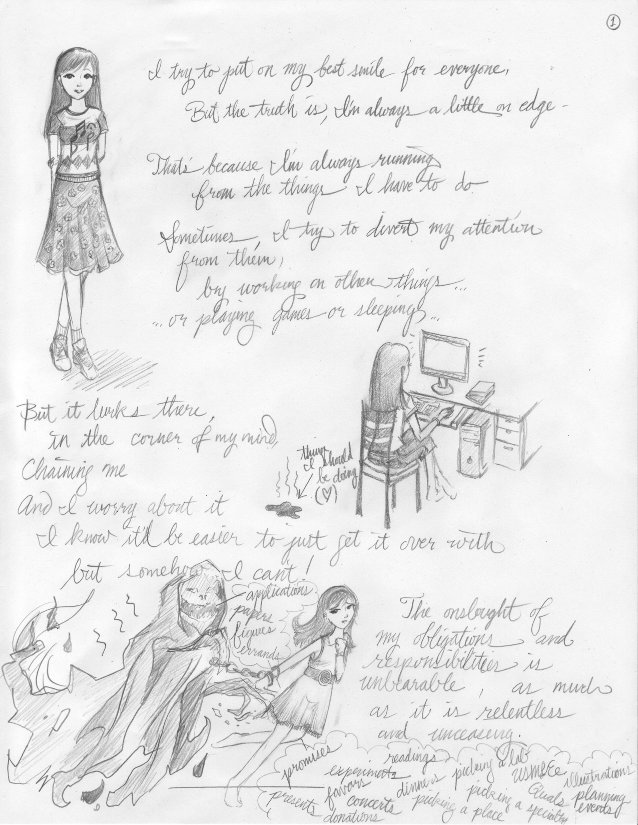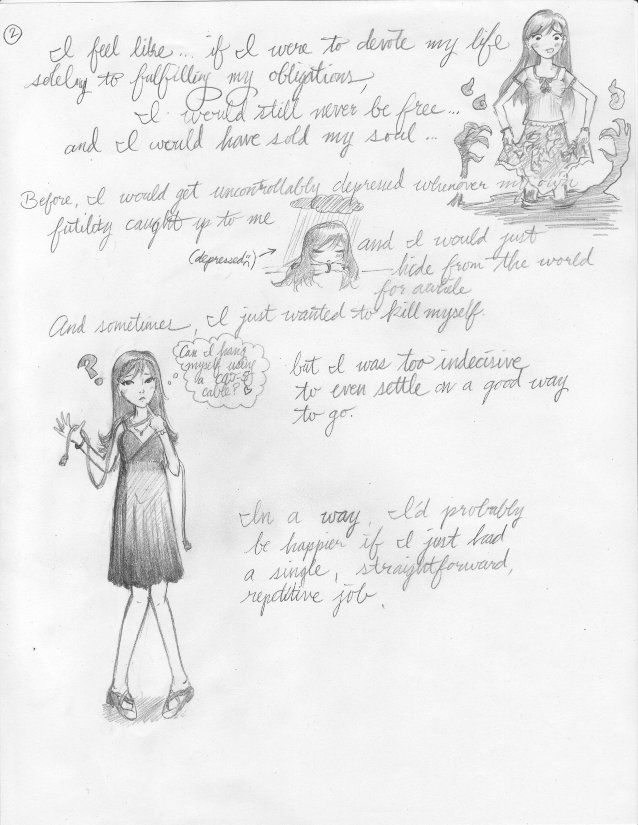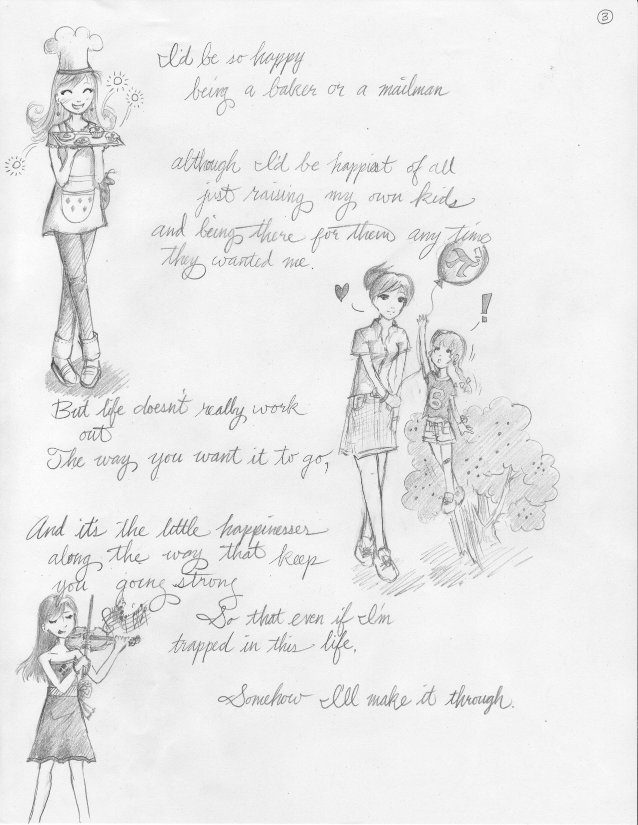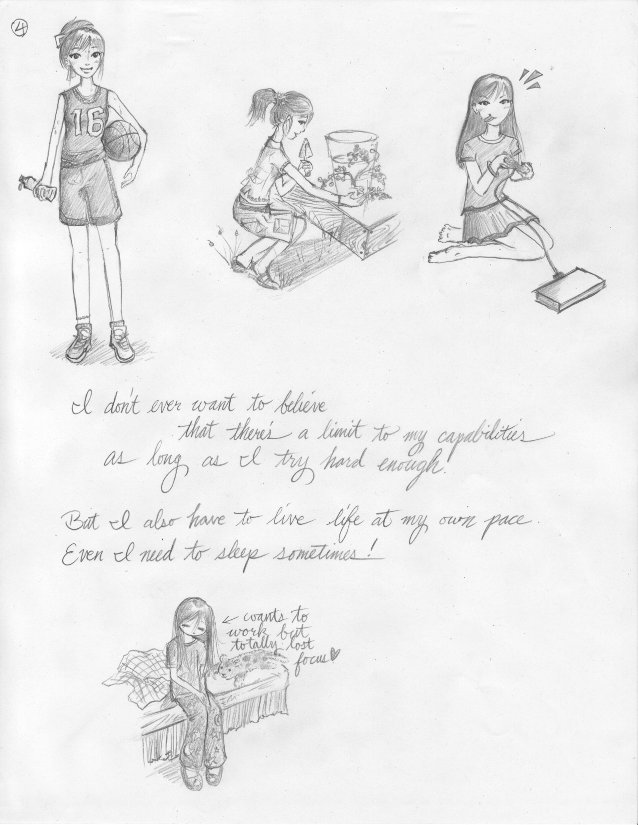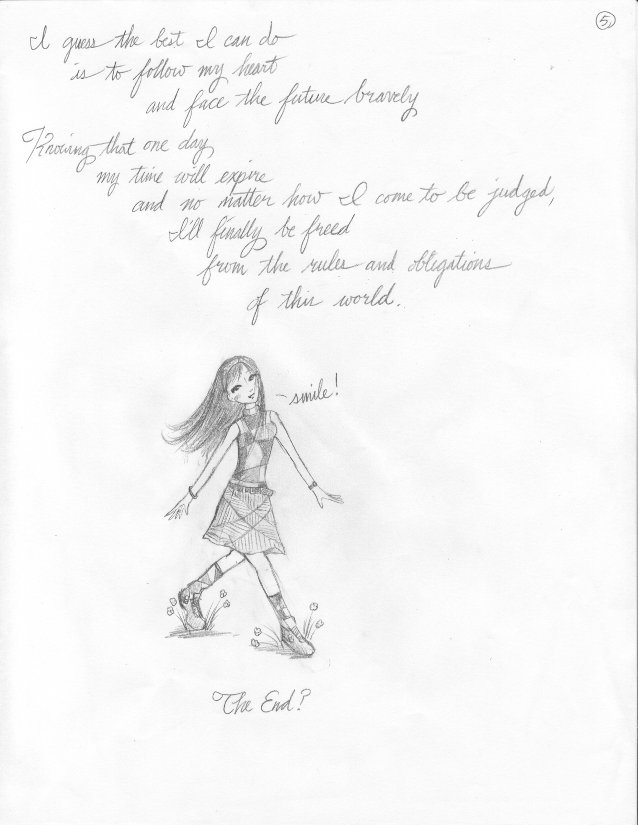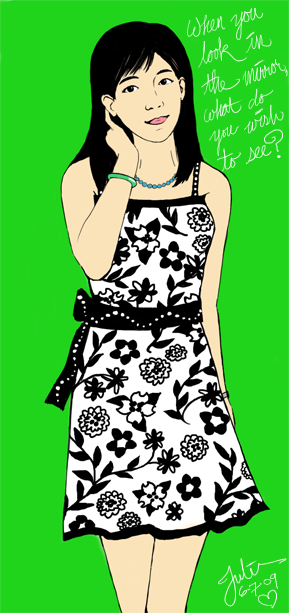The most familiar solution to the oxygen-transport problem in larger organisms is hemoglobin, a collection of four-subunit (usually two pairs of polypeptides) proteins which utilize porphyrin heme rings containing a single iron atom. However, the use of hemoglobin, carried within cell carriers (erythrocytes), is limited to vertebrates. Invertebrates have independently developed different oxygen-transporting proteins.
Hemocyanin
Mollusks (e.g. octopus, horseshoe crabs, etc.) use copper rather than iron to carry oxygen, incorporated into a protein of the hemocyanin family. Hemocyanin, which uses two copper atoms to bind each O2 molecule, is dissolved in the hemolymph (blood analogue). Hemocyanin is translucent gray when deoxygenated and sky blue when oxygenated. Although hemocyanin is generally less efficient than hemoglobin, it is advantageous in certain environments unique to the underwater milieu. Hemocyanin, unlike hemoglobin, is designed to aggregate. When hemoglobin subunits aggregate, for instance in the thalassemias, it is disastrous because the erythrocytes containing the aggregates are destroyed. However, hemocyanin (MW ~400kDa) can form aggregates in the millions of daltons (see the Keyhole Limpet Hemocyanin (KLH) article on Wikipedia).
Erythrocruorin
Annelids such as earthworms present another solution, which is erythrocruorin, which like hemoglobin contains heme and a single iron atom carrier. Although erythrocruorin is also not bound in cells, it is notable for forming exquisite protein structures composed of 180 subunits, with a macrostructure consisting of two stacked hexagonal rings (see http://www.uta.edu/biology/arnott/classnotes/5365/Erythrocruorin%20micrograph.jpg). The total molecular weight of each dodecameric complex is 3.5 megadaltons, which includes 144 “hemoglobin” subunits and 36 linker subunits. The PNAS paper publishing the structure posits that the giant size is a way of maintaining high oxygen tension and harnessing cooperativity while incurring minimal osmotic cost. What is amazing in this case is the fidelity of protein assembly on such a grand scale.
Hemerythrin
Hemerythrin uses iron to carry oxygen, like hemoglobin, but uses two irons per oxygen and does not contain a heme ring. Used by various marine invertebrates, hemerythrin is colorless when deoxygenated and violet-pink when oxygenated. Each hemerythrin subunit is composed of four alpha helices, and the subunits join in trimers. While hemerythrin does not exhibit cooperativity, it does exhibit a greater affinity for oxygen than for carbon monoxide.
Beyond nature
A recent Nature article from earlier this year detailed a UPenn group’s bioengineering feat of devising a new oxygen-carrying protein based on design principles. Apart from heme groups, the rest of the protein was invented through rational design. The resulting molecule, which is advantageous for being able to deliver oxygen faithfully in the presence of CO (unlike human hemoglobin), shows that the “hemoglobin fold” is far from mandatory.
